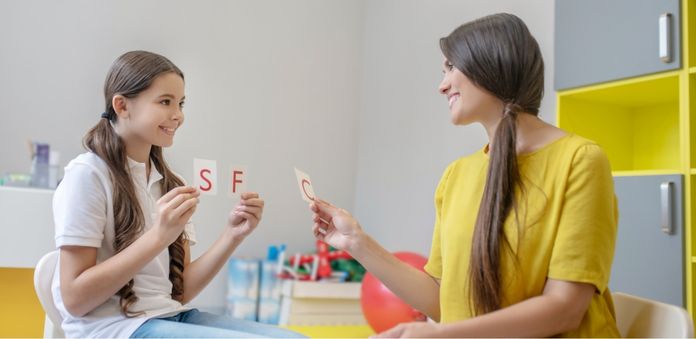Understanding the Connection Between Speech & Physical Therapy
At HealthPlusPT, we believe rehabilitation isn’t just about one body system — it’s about the whole person. That means sometimes, your journey to better mobility and strength (via physical therapy) intertwines with your journey to better communication, swallowing, or breathing (via speech therapy). In this blog, we’ll walk you through why and how these two therapies can work hand-in-hand.
What Speech Therapy & Physical Therapy Each Do
Physical therapy (PT) focuses on restoring movement, strength, balance, flexibility and functional mobility. For example: improving posture, walking, core strength, coordination.
Speech therapy (ST) (or speech-language pathology) targets communication (speaking, understanding language), voice, swallowing and the oral-motor skills of mouth, jaw, tongue.
Why They Work Together
Here are key reasons – backed by research – why PT & ST should often be integrated:
Posture, Core Strength & Oral-Motor Control
Good posture and core stability (PT territory) help support the muscles of breathing, jaw, tongue, and neck, which in turn support speaking, swallowing and voice (ST territory). For children especially, gross motor skills influence ability to engage, communicate, participate.- Motor Planning & Coordination
Speech is a motor act — tongue, jaw, lips must coordinate. Likewise, PT deals with planning and executing body movement. When motor planning is weak (say, after neurological injury), both domains suffer. Integrating PT and ST supports better coordination. - Swallowing, Breathing and Communication in Neurological Conditions
For adults recovering from stroke, traumatic brain injury, or other neurological issues: PT may work on mobility, balance, trunk control; ST may work on speech, cognition, swallowing. Their collaboration enhances independence and quality of life. - Holistic, Functional Rehabilitation
Rather than treating “movement” and “communication” separately, treating them together helps patients return to real-life activities: eating, talking, walking, participating socially. Research supports that mobility impacts language/communication and vice-versa.
Typical Scenarios Where Integration Helps
A child with low muscle tone, poor posture and speech-delay: PT works on stability, coordination; ST works on articulation and expressive language.
An adult post-stroke: PT focuses on gait, transfers, strength; ST focuses on aphasia, dysarthria, swallowing. Jointly they optimise rehabilitation.
An individual with a respiratory or swallowing disorder: PT strengthens respiratory muscles, posture; ST addresses voice, swallowing mechanics.
How HealthPlusPT Makes This Work
At HealthPlusPT, we follow these principles:
Interdisciplinary planning – our PTs and STs collaborate to align goals (e.g., improving posture → better speech output).
Functional-task focus – combining mobility tasks and communication tasks (e.g., standing while naming pictures, walking then using language).
Patient-centred goals – we set goals that make sense in your life: “I want to speak clearly during meetings”, “I want to walk and talk with my grandchild”, “I want to eat safely without difficulty”.
Consistent monitoring & adjustment – As your strength, posture or motor skills improve, your communication/swallowing needs may shift; we adjust accordingly.
Tips For Patients & Caregivers
If you (or your child) are undergoing ST and you notice physical issues (poor posture, fatigues easily, coordination trouble) ask about a PT evaluation.
Likewise if you are in PT and have trouble swallowing, voice changes, or speech issues — ask about a speech-therapy consultation.
Home practice matters: simple posture exercises, balance moves, plus speech drills improve carry-over.
Communicate across teams: let your PT know about speech goals, and let your ST know about physical/ mobility goals.
Be patient: progress may be slower when multiple systems need rehabilitation, but integrated care often leads to better outcomes.
Summary:
The connection between speech therapy and physical therapy is strong and meaningful. When your body and communication systems are working together, you’ll have better functional outcomes, better participation in daily life, and better quality of life. At HealthPlusPT, we are committed to bridging these therapies so you benefit from a whole-person, whole-function approach.


